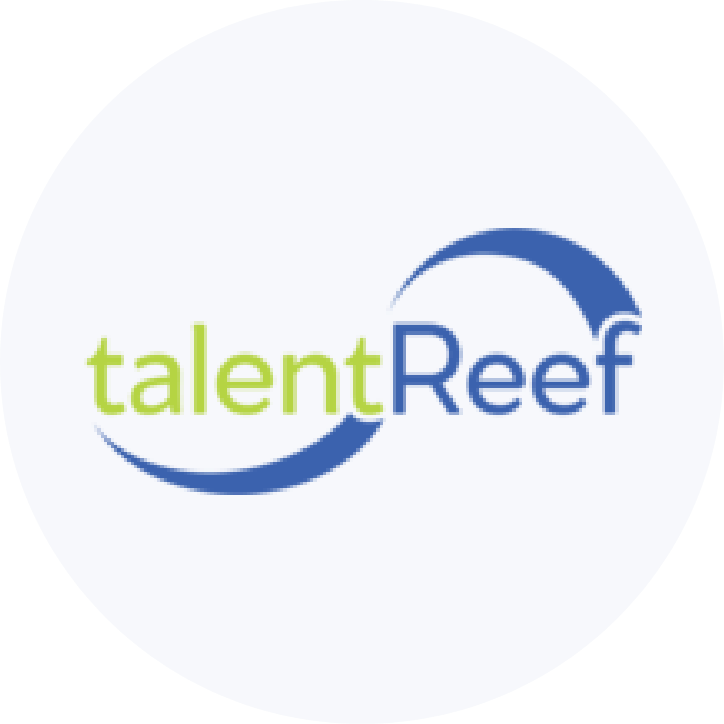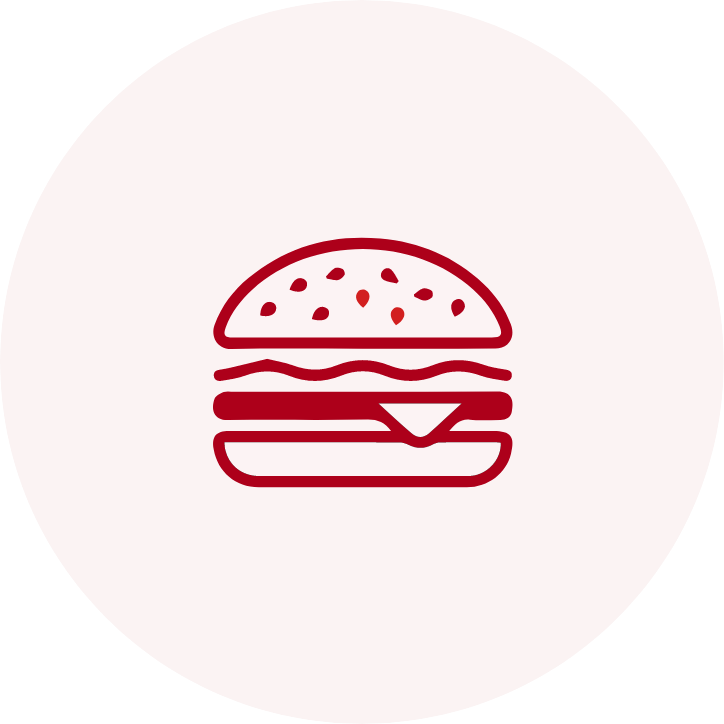After a job seeker applies for your company, how many days will it take until they are offered a position, (assuming they are the right fit)? A LinkedIn study found that the average time to hire is 41 days — that’s nearly 6 weeks! Can your business afford to wait that long every time you have to replace an hourly worker? On average, hourly employees submit eight applications before they land a job, so why risk losing top talent for a competitor? Continue reading to learn how to reduce time to hire at your business and retain staff longer.
What is Time to Hire
Time to hire measures the number of days between a job seeker applying to your business to the moment they officially accept the position. Although this key recruiting metric varies depending on industry, a Workforce Institute study found that 37% of job seekers believe “being hired quickly” is the most important factor in their decision to accept a position, topping pay (33%) and proximity to home (17%).
Benefits of Reducing Time to Hire
When you implement strategies to reduce time to hire, both candidates and businesses will reap the benefits. Here are a few examples:
Improves the Candidate Experience
Candidates don’t want to wait and wonder for weeks before hearing if they were selected to be part of the next steps in the hiring process. A positive, enjoyable candidate experience attracts a steady flow of applicants, increasing your chances of hiring top talent before competitors.
More Cost Efficient
It can cost $5,864 to replace an hourly employee when you include pre-departure, recruiting, selection, orientation, training, and loss in productivity expenses. Now, think about how many employees leave your company every year — the cost can really add up. Reducing time to hire can save you thousands of dollars because you won’t be burning up as many resources.
Reduces Staff Burnout
A speedy hiring process supports your business and current team. A shorter turnaround time means you’ll be able to attract, hire, and onboard a new employee faster so your team won’t be understaffed for a lengthy period of time. They won’t feel as stressed and will likely stay at your company long-term.
Strategies to Reduce Time to Hire
1. Add an Applicant Tracking System
If you want to reduce time to hire, then it’s crucial to maximize efforts with an applicant tracking system (ATS). This technology can show employers where applicants are in the pipeline, sort through unsuitable candidates, administer new-hire paperwork, and more. An ATS is helpful because it empowers hiring professionals to focus on more people-oriented tasks like interviews or onboarding duties. A recent study showed that 86% of ATS users saw an increase in the speed of which they hire and 78% saw an improvement in quality of hire.
2. Implement a Mobile-Friendly Application Process
58% of the hourly workforce uses their cell phones to apply for jobs so it’s important your application process is mobile-friendly — no one wants to go through a long, tedious process. Be sure your job descriptions are clear and concise. We also recommend posting to job boards that are mobile-friendly such as LinkedIn. Also, consider texting candidates versus emailing. The average time to hire is 20 days with text messages compared to 49 days with email. Plus, applicants who receive text notifications rate their overall experience 50% higher!
3. Use Pre-Employment Assessments
Learn more about your candidates by adding pre-employment assessments to your hiring process. They give you additional insight about your applicant’s personality and ability to perform job-related tasks. There are various types of pre-employment assessments including job knowledge, integrity, cognitive ability, personality, emotional intelligence, skills assessments, and physical ability tests. Read our Ultimate Guide to Pre-Employment Assessments to learn which is best for your business’s needs. This extra information only takes a few more minutes of your candidates time, but you’ll feel more confident deciding whether you want to move a candidate forward (or not)!
4. Conduct Video Interviews
In-person interviews can be time-consuming and inconvenient. That’s why 86% of organizations use some form of virtual tech in their hiring process. If you aren’t already doing so, consider switching to video interviews. Numerous software like Spark Hire or Zoom makes it easy to communicate with candidates virtually. There isn’t any commute time or transportation required, leaving plenty of flexibility in applicants’ and hiring professionals’ schedules. For example Hilton Worldwide’s time to hire dropped from 42 days to just 5 days once they implemented video interviewing software. The tool empowered applicants to record and submit their answers to interview questions on their own time. Hilton recruiters could then watch the video back to decide if applicants were the right fit.
Simplify Your Hiring Process and Boost Employee Retention
Top brands like Taco Bell and Chick-fil-A trust Sprockets’ solution to reduce their time to hire by streamlining the process. The automated candidate screening platform predicts which applicants will succeed and stay long-term like a business’s current top performers based on their answers to a simple, three-question survey. It only takes a few minutes to complete yet this valuable insight empowers owners and operators to make smarter hiring decisions.
Learn how to attract, hire, and retain the right workers for your business by leveraging the mental makeup of your best employees.
This free guide outlines simple steps to reduce costly employee turnover and save thousands of dollars annually.
Learn how to attract, hire, and retain the right workers for your business by leveraging the mental makeup of your best employees.
Learn proven strategies for attracting and retaining high-quality employees for your business. It’s easier than you might think!
Access this free guide to build better teams and stabilize staffing levels.
Access this free e-book to discover proven strategies for retaining your best workers and even predicting which applicants are most likely to stay long-term.
Discover how to overcome the roadblocks preventing your restaurants from being successful in the new year.
Learn simple strategies to consistently hire and retain top performers while avoiding roadblocks like costly turnover.
Personality tests, like Sprockets’ Applicant Matching System, combine natural language and artificial intelligence to predict an applicant’s likelihood of success at a particular location.






































